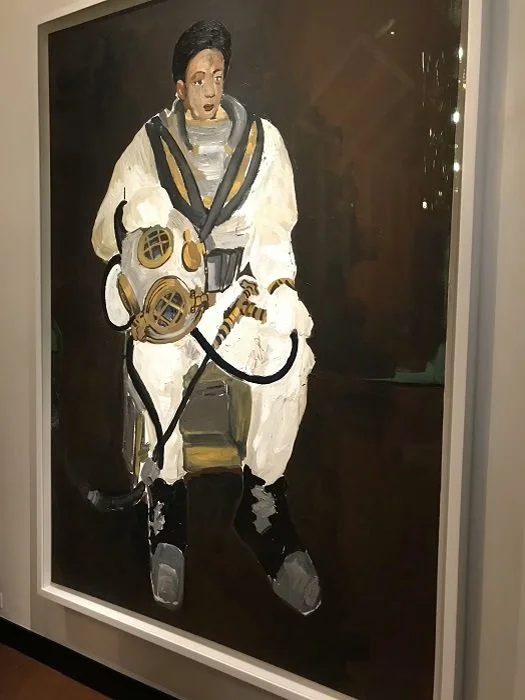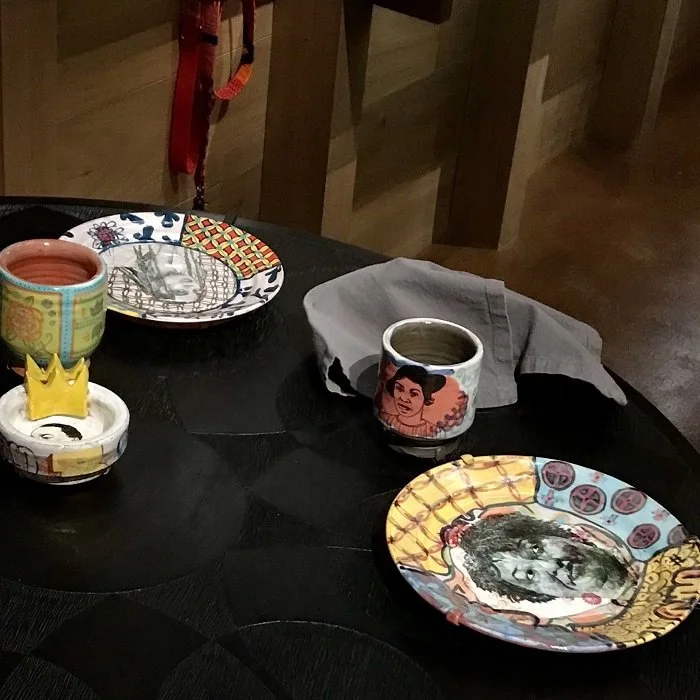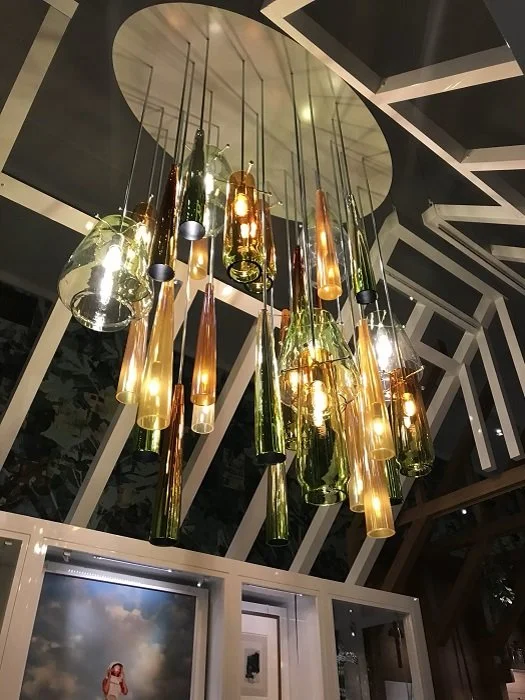Afrofuturism at the Met
I love a good period room—where architecture, interior design, the visual arts and sometimes even music all combine to provide an immersive experience, and each element feels more alive as they all coexist in context. The Met has no shortage of them (about 30 or so), including their latest one, Before Yesterday We Could Fly: An Afrofuturist Period Room. The exhibit opened last week and of course I had to check it out.
Unlike other period rooms, this is not an anthropological display, not a diorama of sorts, but an actual collection that speaks to a vision, a “period” that’s not tied to a specific era. As the curatorial team states: this period room “rejects the notion of one historical period and embraces the African and African diasporic belief that the past, present, and future are interconnected and that informed speculation may uncover many possibilities.”
As I entered the gallery, this sense of being unmoored in time was palpable, in a good way. Each art piece felt timeless, but not in the classicist sense; they all felt like they spoke to something bigger than the era in which they were made.
Andrea Motley Crabtree, Henry Taylor, 2017. She’s not an astronaut, she’s the first US Navy deep sea diver.
Central to it all is Black culture, and in particular, the concept of Afrofuturism, which the museum describes as “a transdisciplinary creative mode that centers Black imagination, excellence, and self-determination.” With each item and taking everything as a whole, the period room teems with the beauty, creativity, and ingenuity of Black people and Black culture.
MLK, Beyonce, Zora Neale Hurston, Stacey Abrams, all by Roberto Lugo, 2021
Vernus 3, Ini Archibong, 2020
Digable Underground, Roberto Lugo, 2021
The exhibit is also exceptional given the Met’s other period rooms—almost all of which are about historical European or white American culture—and given the museum’s history. The land on where it stands used to be part of Seneca Village, a settlement of mostly Black people that was taken by the city government, dispossessing its inhabitants. This room thus contains an alternate vision of what could have been, and made me think of how things should have been, and how they should be in the future.
Shine, Willie Cole, 2007. How brilliant is this! Heels formed into a Cameroonian mask—definitely made me feel layers of beauty and pain.
Prestige Seat: Leopard from Cameroon, 19-20th century. This is a small, portable throne used by Cameroonian royalty in private occasions. Look at that beadwork and shellwork!
Comb, ca. 1851. This was one of the items recovered from the Seneca Village site.
Fabiola Jean-Louis, Justice of Ezili, 2021. Ezili is the loa (spirit) of vengeance in Vodou that helped inspire the insurrectionists of the Haitian Revolution
Summer Azure, Tourmaline, 2020
All images from my phone.











